


















His story was described by Janusz Korczak in the book ”Kaytek the Wizard”. As a child, Kayetan discovered his sorcery powers but when he was trying to learn more powerful spells, he got stuck in a magical glass castle for more than 50 years. When he finally broke free, he established a group of superheroes consisting of magically created clones of the most eminent Polish scientists and artists. In 2025, when robots from the planet Serkres attacked Earth, Kayetan sacrificed himself, turning into a giant tree.



Maria is a clone of Maria Skłodowska-Curie, the Polish scientist twice awarded the Nobel Prize: first in physics, and then in chemistry for the discovery of two new elements: radium and polonium.












Fryderyk is a clone of Fryderyk Chopin, Poland’s most eminent composer. As a superhero, he proves that even music can be an effective weapon in the fight against threats from outer space.


Nicolas is a clone of the astronomer Nicolaus Copernicus, who “stopped the Sun and moved the Earth,” and also revolutionised the perception of the Solar System structure with his work ”On the Revolutions of the Heavenly Spheres”. Nicolas possesses the extremely useful Power of the Sun.
















Krystyna Skarbek is an agent who spied for the Allies during World War II and worked with British Prime Minister Winston Churchill. She meets Kayetan during his time travel and decides to help him.




Staszek is a clone of Stanislaw Lem, the world-famous science-fiction writer, and looks after the Earth Defender Squad’s base. In the Squad, he serves as a specialist on alien civilisations.









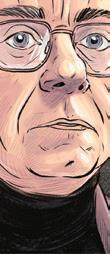



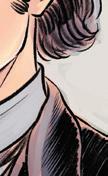



Ignacy is a clone of Ignacy Jan Paderewski, the composer, pianist, and politician who contributed significantly to the creation of an independent Polish state after the end of World War I. Paderewski was a pioneer of cultural diplomacy. The superheroes can always count on his advice.


Marian is a clone of the Polish cryptologist Marian Rejewski, who broke the code of the Enigma, the German cipher machine of World War II. He acts as a high-tech specialist in the Squad.
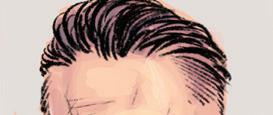


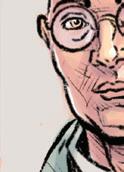















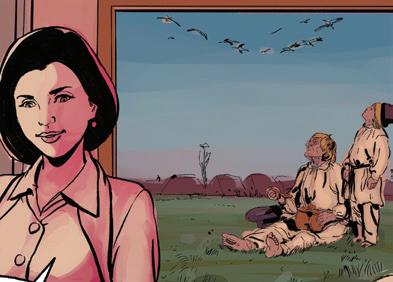








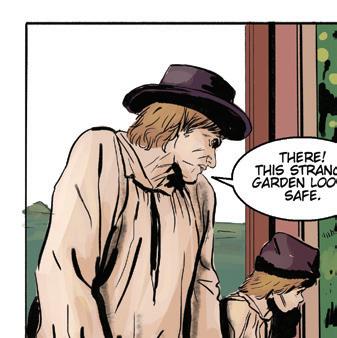






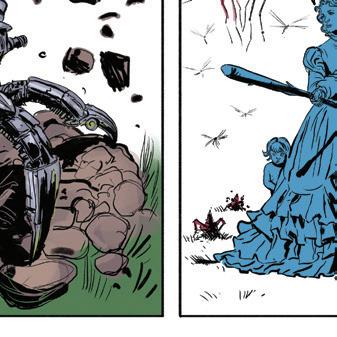


















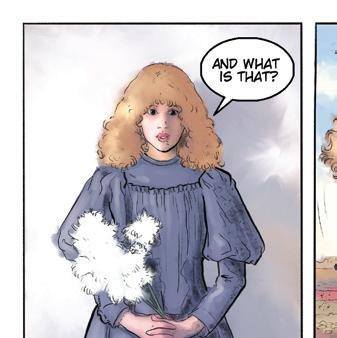




























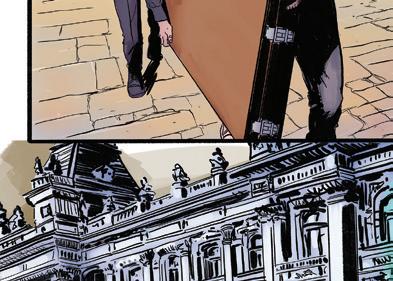

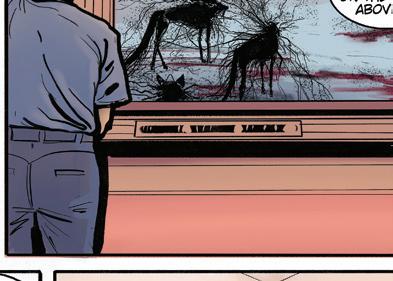


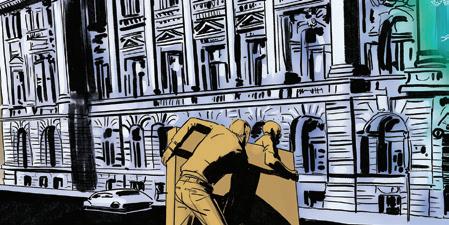





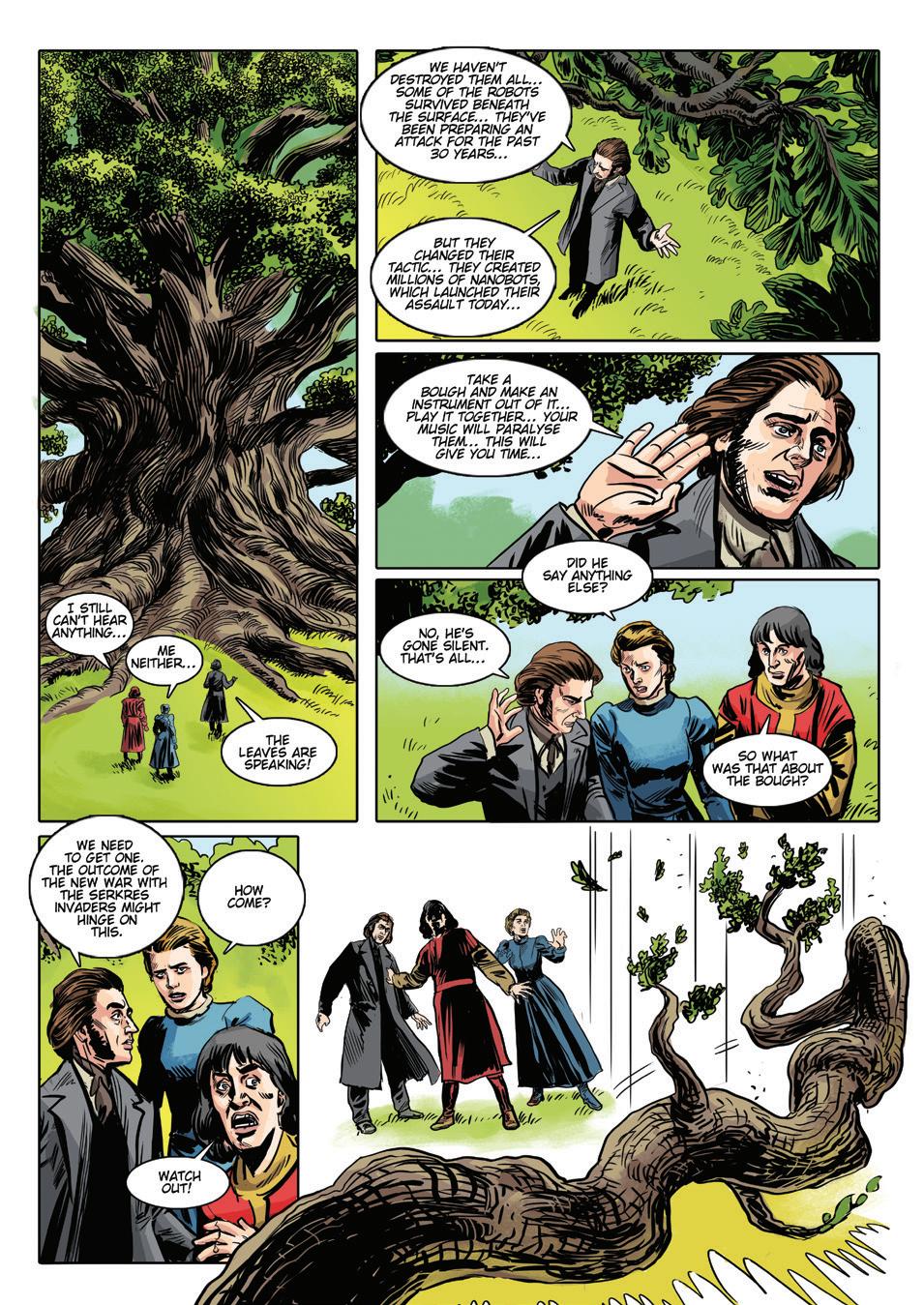




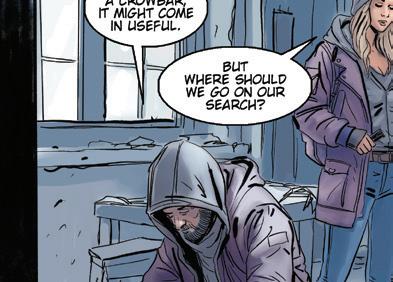


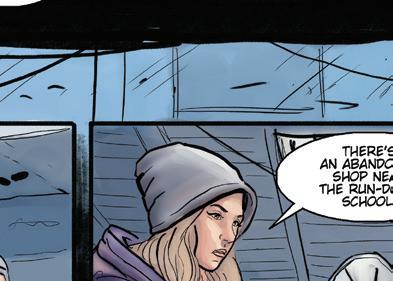


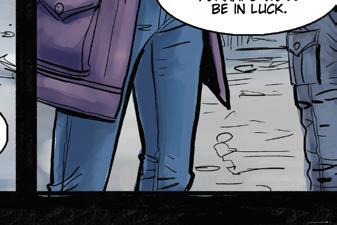








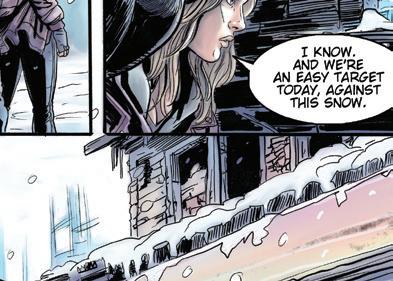







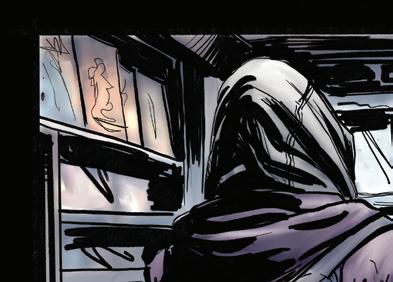


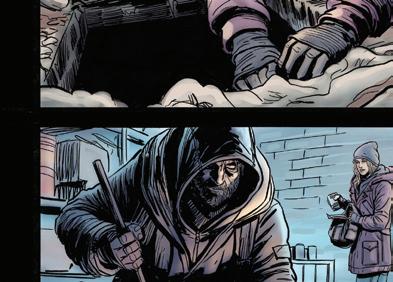
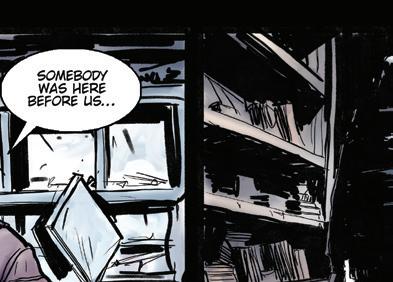












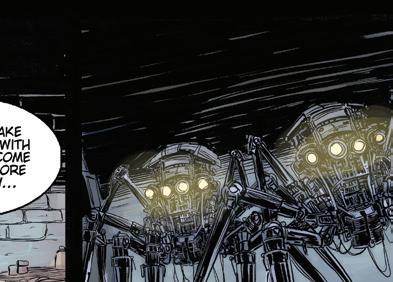
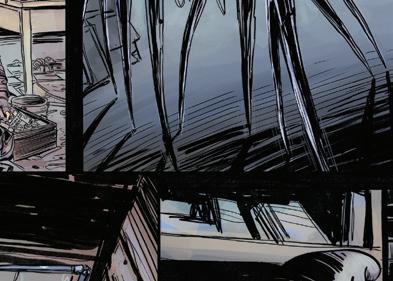





























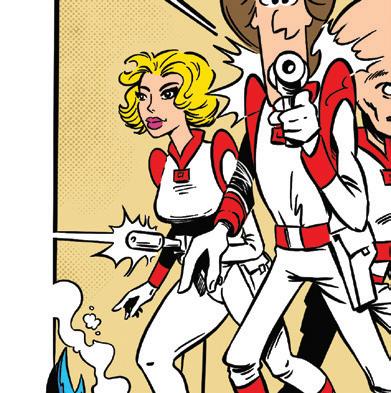

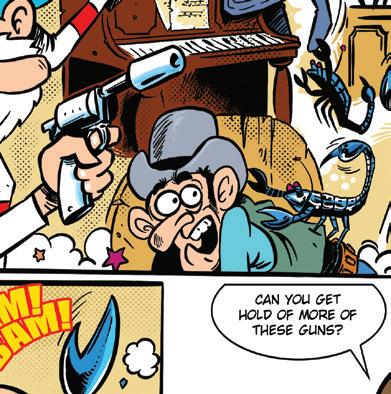




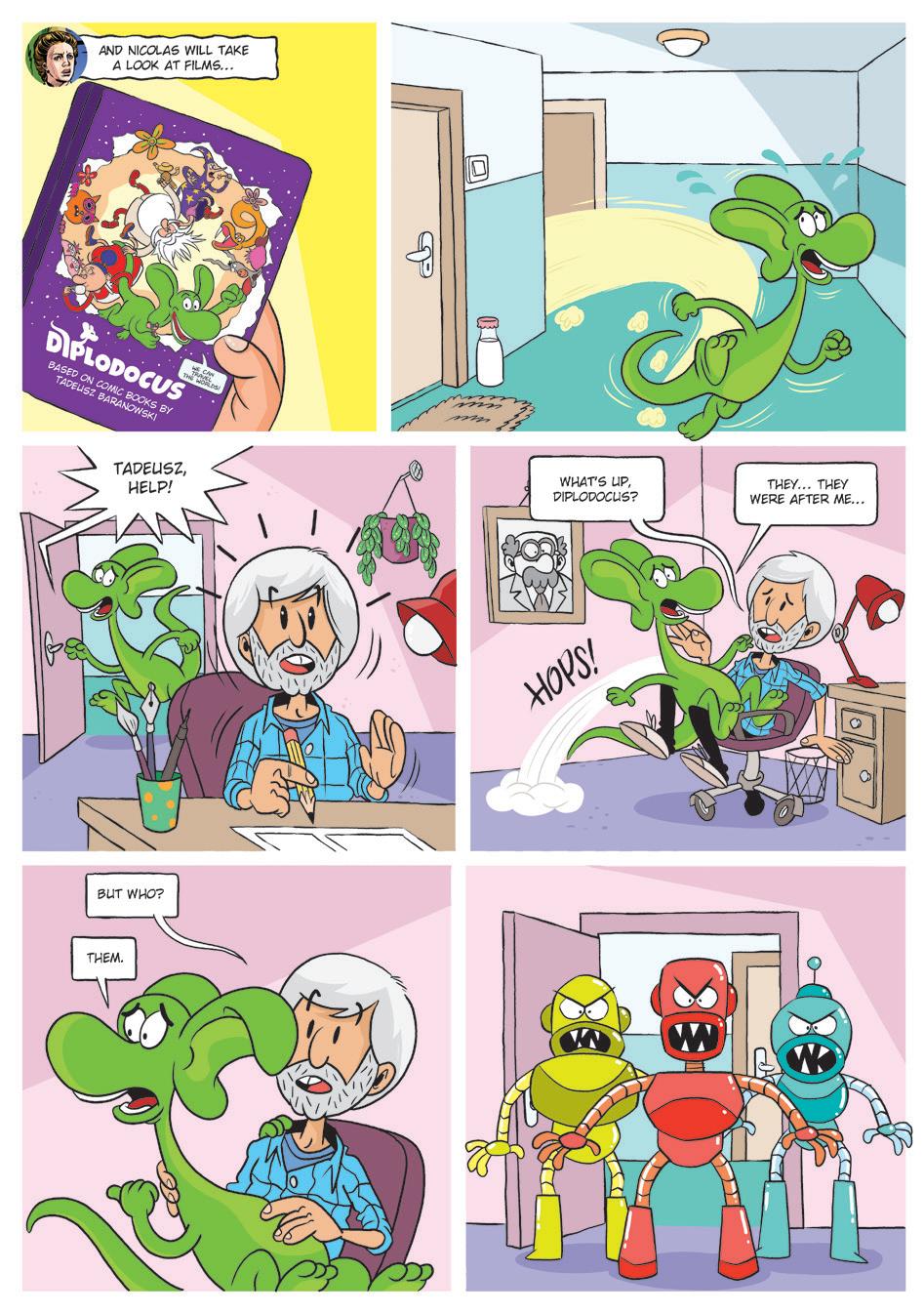













10-13

Onufry Zagłoba, Michał Wołodyjowski and Longinus Podbipięta are the heroes of the Henryk Sienkiewicz books: ”With Fire and Sword” (”Ogniem i Mieczem”), ”The Deluge” (”Potop”) and ”Fire in the Steppe” (”Pan Wołodyjowski”), which make up a trilogy, telling stories set in one of the most turbulent periods in Polish history. Published at the end of the 19th century, the books gained enormous popularity, still strong to this day, and were also adapted to films and TV series. ”The Deluge” (”Potop”) directed by Jerzy Hoffman was nominated for the Academy Award for Best Foreign Language Film in 1975.





14-19

The scene set in the museum features comic references to some of the most interesting and well-known works by Polish artists, including: ”Storks” (”Bociany”) by Józef Chełmoński, ”Self-Portrait in a Green Bugatti” (”Autoportret w zielonym Bugatti”) by Tamara Łempicka, ”The Strange Garden” (”Dziwny Ogród”) by Józef Mehoffer, ”Rejtan, or the Fall of Poland” (”Rejtan – Upadek Polski”) by Jan Matejko, ”Girl with Chrysanthemums” (”Dziewczynka z chryzantemami”) by Olga Boznańska, ”Jewess with Oranges” (”Żydówka z pomarańczami”) by Aleksander Gierymski, and paintings by Zdzisław Beksiński.

Polish computer games have been gaining immense popularity around the world for years. This comic makes reference to one of them, the game ”This War of Mine” by 11 bit studios, which is a highly original production that shows an image of war from the perspective of civilians hiding in ruined buildings and trying to survive in a city engulfed in armed conflict. In cooperation with the Polish government, the game ”This War of Mine” has been included as educational material in the core curriculum for secondary school students.

Pages 23-26


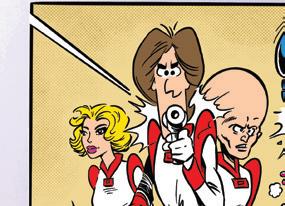





Diplodocus is a comic book character created by Tadeusz Baranowski. In 2024, Diplodocus appeared on the big screen in a feature film, thus joining the large group of Polish animations that have been recognised around the world and winning prestigious awards for years. Suffice it to mention ”Tango” by Zbigniew Rybczyński, which won an Oscar for Best Animated Short Film in 1983, or ”The Cathedral” (”Katedra”) by Tomasz Bagiński, nominated for an Oscar in 2003.

Pages 39-40
The comic book characters appear in some of the most popular Polish books: ”The Revenge” (”Zemsta”) by Aleksander Fredro, ”Nights and Days” (”Noce i dnie”) by Maria Dąbrowska, ”The Quack” (”Znachor”) by Tadeusz Dołęga-Mostowicz and ”Quo Vadis” by Henryk Sienkiewicz. The latter is a historical novel that has seen numerous film adaptations, and its author was awarded the Nobel Prize for Literature in 1905.
Pages 27-31

”Binio Bill” is one of the most popular Polish comic series from the 1980s; it was first printed in episodes in the newspaper ”Świat Młodych” (”World of Youth”), and later in albums. Its main character is Zbigniew Bilecki, a Pole who, like millions of his compatriots, emigrated to the United States, where he became sheriff in the town of Rio Klawo. As his real name was too difficult for the locals to pronounce, he changed it to Binio Bill. The author of the script and illustrations, Jerzy Wróblewski, who was fascinated by the Wild West from his childhood, created hilarious comics, where the eponymous sheriff not only chases bandits but also becomes a movie star, and even flies into space.

Pages 43-44

The term ”Polish School of Posters” was coined in the 1960s, referring to a group of Polish poster artists who, working in socialist Poland, gained international recognition for their designs: posters that were original in their form, and touched upon mainly social and cultural themes. These artists were joined by Andrzej Pągowski, who started designing film posters in the 1970s, and who appears in the comic as a character from a self-portrait.


Copyright © Ministry of Foreign Affairs of the Republic of Poland
Publisher: Ministry of Foreign Affairs of the Republic of Poland Department of Promotion and Cultural Diplomacy Warsaw, 2024
Script: Maciej Jasiński
Graphics: Rafał Szłapa, Arkadiusz Klimek, Jacek Michalski, Piotr Nowacki, Jarosław Wojtasiński
Cover design: Rafał Szłapa
ISBN 978-83-68207-07-1
Printed and bound in Poland by SINDRUK, Opole, www.sindruk.pl
